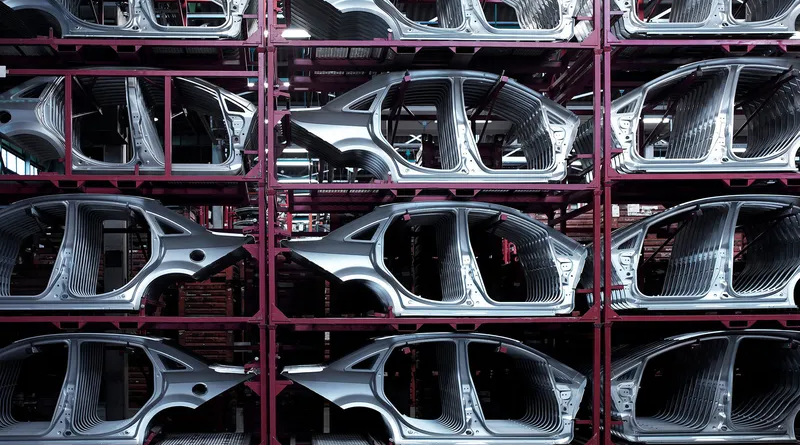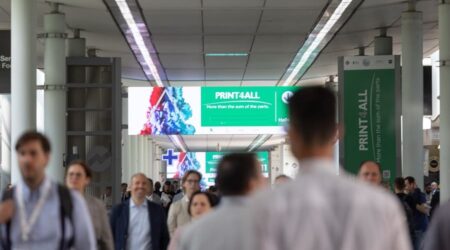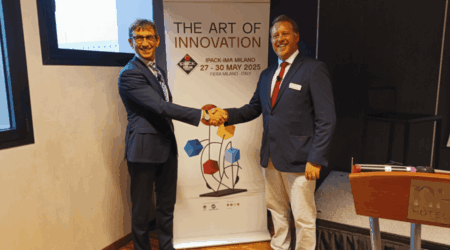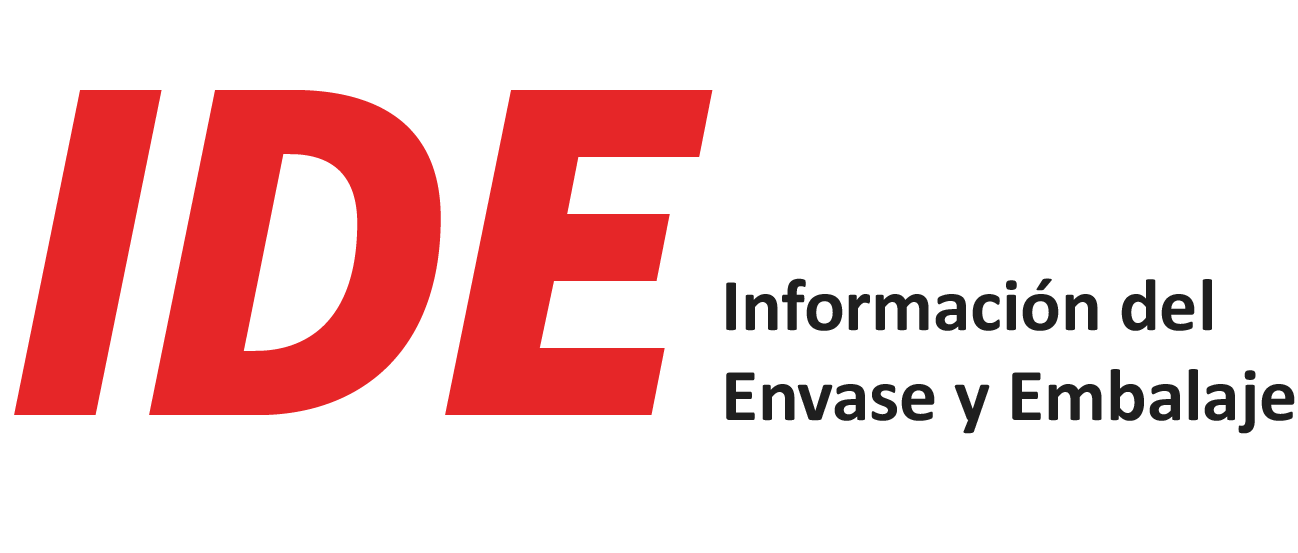Cornerstone of the supply chain: Packaging in the automobile industry
Indice
No running short with reusable packaging
Reusable packaging reveals its full strength in closed logistics systems in particular. That means the automobile industry is predestined for this kind of packaging cycle. Utilizing reusable packaging can also substantially reduce demand for packaging material overall. Types of reusable packaging include reusable racks, pallets, bulk containers, dunnage and hand-held containers. Other examples in widespread use and regularly presented by logistics experts at FachPack are plywood, plastic and steel containers, in addition to pallet-mounted frames.
These forms of packaging and load carriers are often incorporated into the production workflows: the parts are directly placed on the line while still in the load carriers or workpiece holders. This allows for efficient logistics workflows and reduces the risk of damage. The trays used are mostly made of plastic and are manufactured using thermoforms. The fast manufacturing process means these individual moulded components are inexpensive to produce. And inside the packaging, too, the inserts are mostly made to measure.
Bespoke packaging for high-value components
If sensitive parts are consigned in transport boxes, it is essential to prevent damage caused by shaking or dropping. This is the reason for the use of packaging inserts like compartments and separators to create isolated cells that prevent the goods from bumping into each other or sliding around. These are specially made and thus belong to the same group as expendable packaging.
Expendable packaging is usually disposable and made of materials like paper, plywood, wood or corrugated board. The focus here is on the product to be packaged, since the packaging is normally designed and made to suit the product using CAD/3D product data.
Other disposable packaging holds the parts in place inside the packaging. For example, flexible and tear-resistant stretch film moulds itself around the product contours and holds it in place. Bubble wrap and foam film products perform similar functions. The automobile industry is leaning more and more toward disposable packaging based on sustainable raw materials or materials that are easy to recycle. In addition to the trend toward sustainable packaging solutions, e-mobility brings new demands of its own.
Automobile market in transition
E-mobility is clearly one of the most significant tasks facing the automobile industry. While the complexity and number of individual parts decreases as e-mobility grows in importance (compared to internal combustion engines, with thousands of components, the number drops to just a few hundred in electric vehicles), the need to transport batteries comes with its own challenges. Transporting lithium-ion batteries is not without danger. They react to many different substances and can overheat, catch fire or explode. Li-ion storage systems are therefore classified as Class 9 dangerous goods, and are subject to special transport regulations depending on the country and carrier. In Europe, this is governed by a UN Dangerous Goods Approval system. The choice of packaging depends on the weight of the battery, and whether the battery is a prototype or a mass-produced unit. The exhibitors at FachPack include companies experienced in the transportation of goods of this type, and suppliers and automakers will find transportation packaging with the required approvals.
When it comes to selecting packaging for components, the same applies to electric vehicles as to those with an internal combustion engine. There is a benefit in investing in reusable packaging where longer production runs, greater fluctuations in demand and variable run-up times are involved. But for shorter operating periods and greater levels of uncertainty, expandable and disposable packaging may prove more beneficial. A refined logistics system will accommodate both options. There are few other sectors in which packaging is so closely bound with production workflows. Even so, the development process is far from over, even in this sector, and visitors to the next FachPack in 2021 can look forward to the new solutions developed by manufacturers in response to the transformation of the automobile industry.













